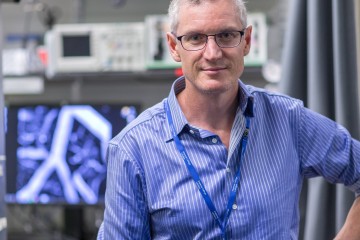Partnerships and impact awards
Cerebral organoid models for optical investigation of neural circuit dynamics in neurodegenerative diseases

At a glance
Completed
Award date
July 2021 - September 2023
Grant amount
£75,552
Principal investigator
Professor Simon Schultz
Institute
Imperial College London
R
- Replacement
Read the abstract
View the grant profile on GtR
